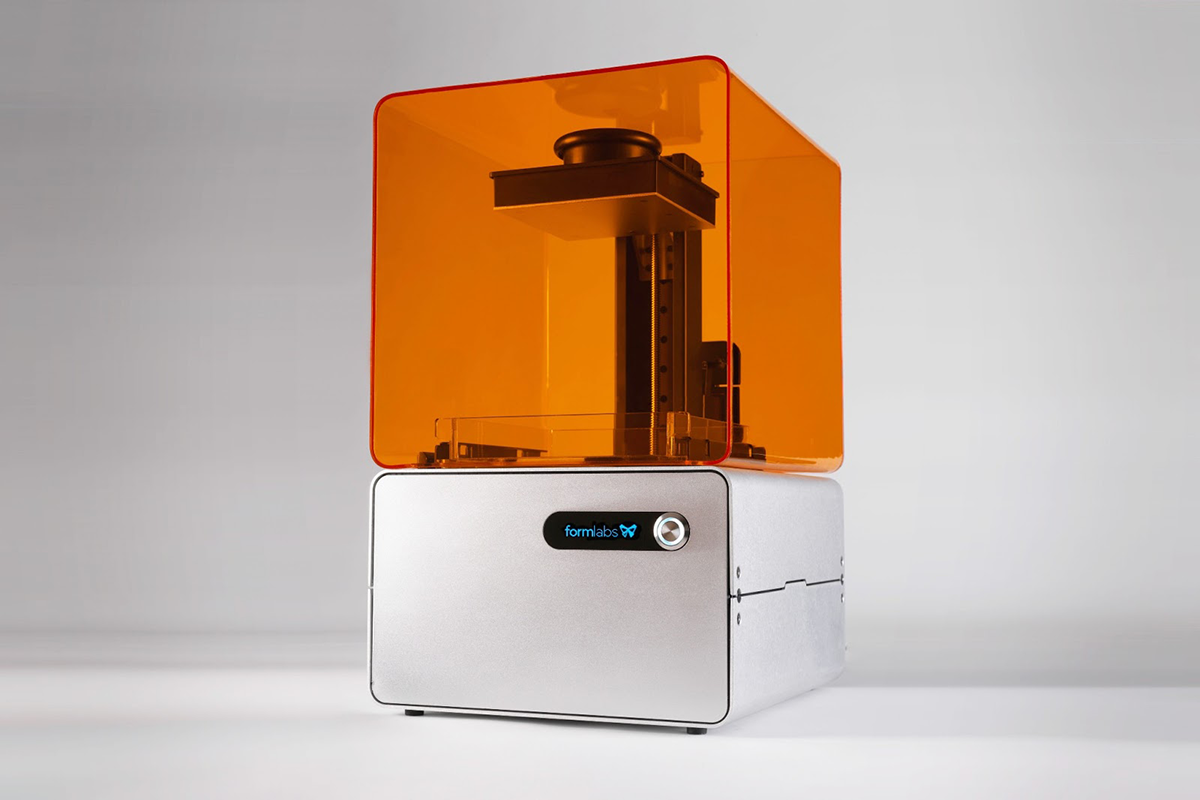Last week stereolithography 3D printer manufacturer Formlabs announced the release of two new functional resin materials, a flexible resin and a clean burning castable resin. I was able to get a brief interview and some more details about the new family of resins directly from Formlabs, while at Inside 3D Printing Santa Clara.
The castable and flexible materials are the latest additions to the Formlabs line of resins and are the first to really expand the functionality of the Form 1 and the Form 1+ 3D printers. Though everyone at Formlabs was playing it close to the vest, I have my own feeling that this is just the first in a series of new materials coming from them. But what they would say is that, while castable and flexible resins are available from other manufacturers, the official materials from Formlabs are formulated specifically to optimise the print for their own machines.
Of course we’ve heard that before, and Formlabs acknowledges that there are users who purchase third party resins and use them in the Form 1 without any problems. However it often requires the printer settings to be slightly tweaked, and they claim that there is some loss of detail. Because the stereolithography process is so exacting, and far less forgiving than FDM, using off-brand resins is a little trickier than using off-brand filament.
Often times when a printer produces a poor model using incorrect settings or lower quality materials, customers tend to blame the printer. So, it makes sense that Formlabs would like to control what materials are used in their printers, to ensure their print settings can be optimized for those specific resins. As the variety of available resin materials begins to expand, Formlabs really had no choice but to expand the resin products that they offer.
But there is another reason for them to begin expanding their offerings: competition. And, not just from the recently announced Ember direct light processing (DLP) 3D printer from Autodesk. While I was at the Inside 3D Printing show last week, I counted no less than five 3D printers that used light-curable liquid resins, almost as many stereolithography (SLA) and DLP printers as FDM/FFF 3D printers on display. The Form 1 may be the first SLA 3D printer to really become a hit – thanks to its wildly successful Kickstarter campaign – but several companies are starting to enter the market with their own strong offerings. That leaves FormLabs with very few options, other than to expand the printer’s functionality in order to prevent their market share from being slowly chipped away by other nimble printer manufacturers.
You can hear a little more about the new family of functional resins here:
In my own opinion, I don’t think Formlabs has all that much to be concerned with in regards to Ember. I’m not really sure that Autodesk is serious about getting into the hardware game; the Ember seems to be more proof of concept than serious contender, and the rumored price of $5,000 puts it at the high end of the desktop 3D printer market. While it is certainly a nice 3D printer and, from what I’ve seen, it seems to live up to the hype, Autodesk makes software. It seems to me that if you want to show the market what your 3D printing workflow and platform software can do, you need to make sure that the hardware running it works as well as possible. Without question, Ember will be optimised to work as flawlessly as possible with Spark, just like the new Formlab resins have been optimised to work as flawlessly as possible with the Form 1+ 3D printer.





